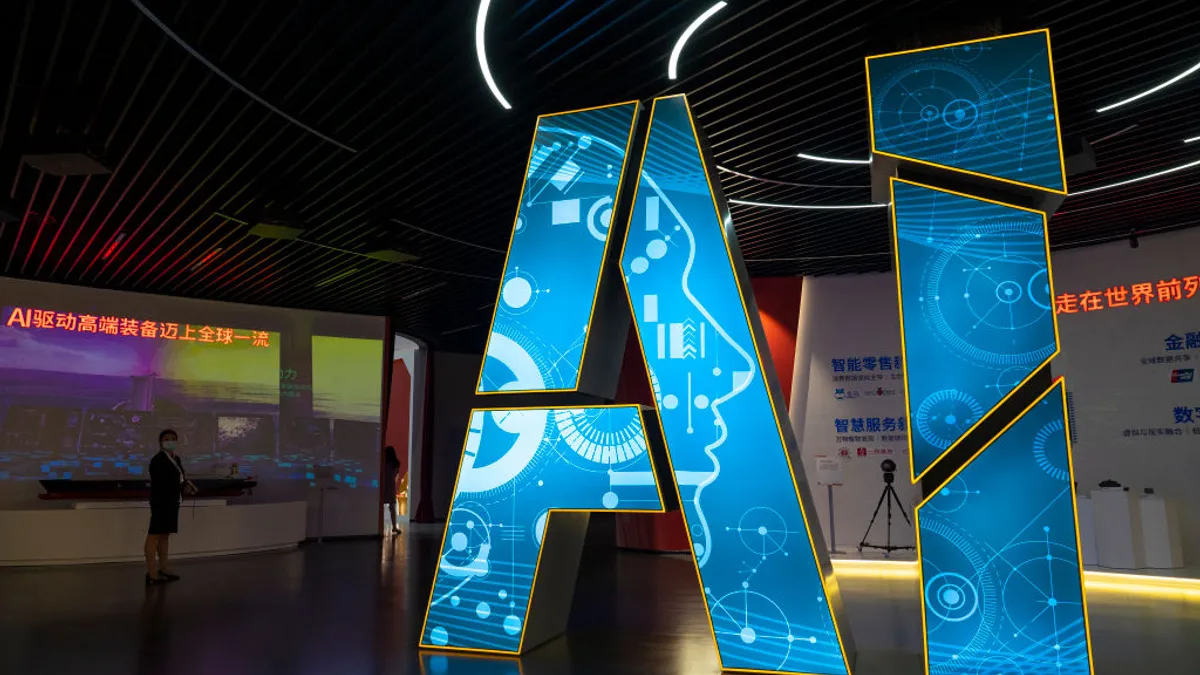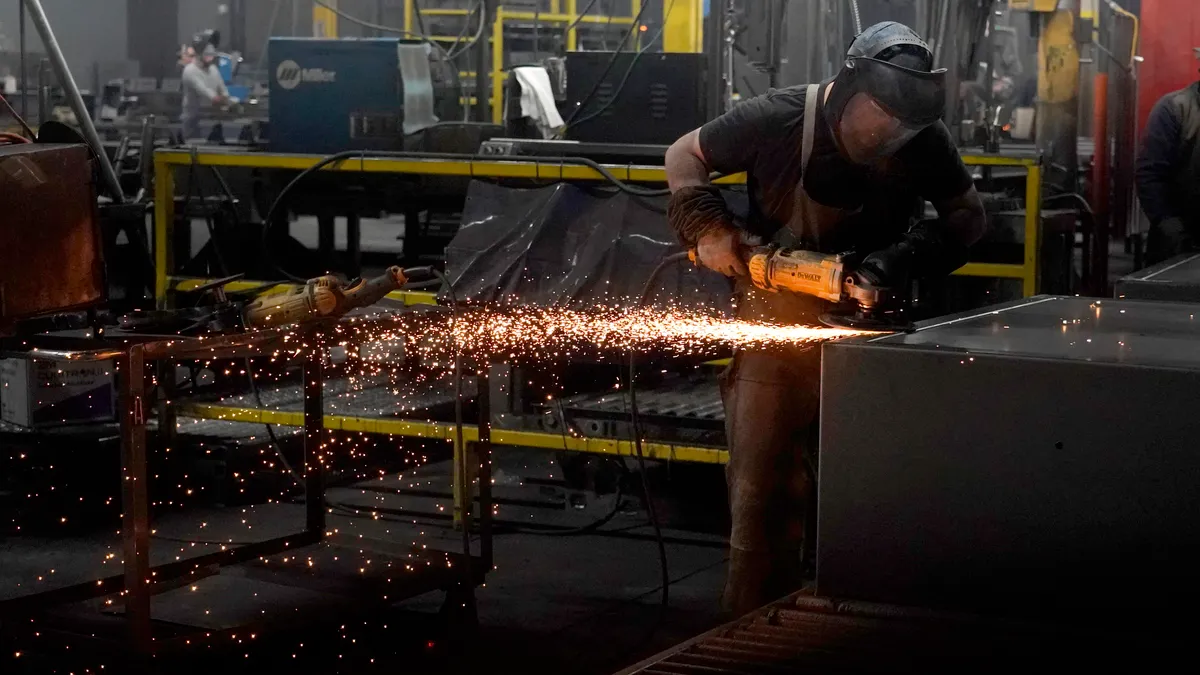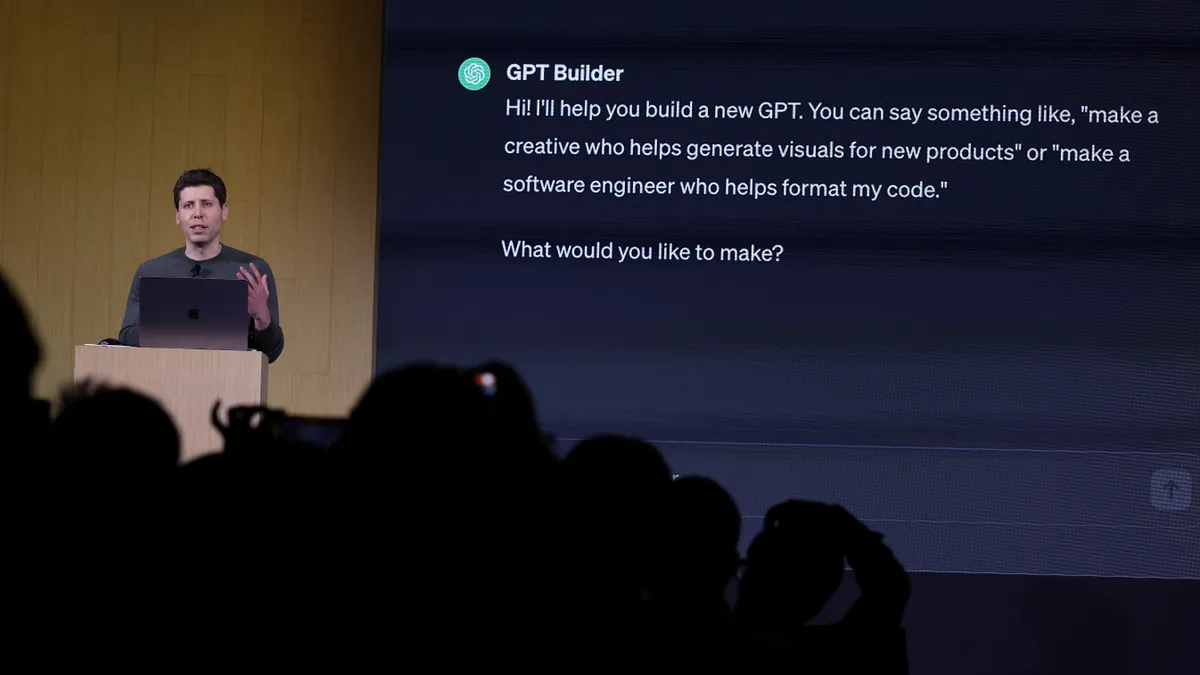A recent study by PwC reveals a shocking statistic: Only 10% of teachers say they feel confident teaching high-level technology, even though they know students will need a strong tech knowledge base to succeed in the workforce.
It’s estimated that in two short years, by 2020, almost 80% of jobs will require some degree of technical skills. The lack of confidence on the part of teachers and the estimated need may be dire news for employers. In a separate PwC survey, 79% of CEOs in the US are concerned the shortage of people with key skills could impact their companies’ growth.
“It’s not enough to teach our K-12 students basic digital literacy,” Shannon Schuyler, PwC’s chief purpose officer, told HR Dive in an email. “We need to get these young people excited about learning high-level technology skills such as data science and analytics, computer programming and coding languages, web development and design, robotics and artificial intelligence.” But their data found only 20% of high schools offer data analytics, while only 35% offer courses in app design and creation.
The first step, Schuyler said, is to equip teachers with the skills they need to educate this future workforce. Teachers recognize the rapid pace of change in technology and are looking for resources and professional development opportunities to keep up and upskill at a personal level. For school districts, however, resources may constrain access to the tools needed to train them.
“The private sector,” Schuyler said, “has the insights, resources and skills needed to provide current teachers with the support they need.”
She points to PwC’s Access Your Potential, a $320 million commitment to teach underserved students tech and money skills. The company is developing a Digital Fitness App for teachers, in addition to collaborating with experts from their 50,000 partners and staff to organizations like CareerVillage, iMentor, FIRST Robotics and others to provide curriculum, mentoring opportunities, and career advice for students. They’ve also worked with Code.org, to create supplemental training and resources for teachers to help facilitate tech courses in the classroom.
Courses are regularly updated with the pace of the evolving workplace landscape so students can stay up to date — and employers have a crop of potential workers interested in the jobs that need to be done.
For higher education ...
At the college level, it’s estimated that 50% of subject knowledge acquired in the first year of a four year tech degree will be outdated by graduation. Julie Meyer, director of talent management at West Monroe Partners, explained to HR Dive in an email the details of their Journey Program: early identification campus recruiting in which they partner with a number of local schools to provide training and real-world experience for college students that are interested in pursuing consulting.
Obviously, college education has its place; students obtain the discipline to master difficult information and undertake complex projects that may take years to complete. “But,” Robert A. David, managing director of corporate education, University of California, Berkeley told HR Dive in an email, “students typically outgrow that baseline education quickly, especially as knowledge evolves, new technology emerges, and methods of working change.”
Colleges are aware of the disconnect. Berkeley constantly monitors course offerings to see if they are meeting marketplace demands, and adjust accordingly. “When new fields of knowledge come forward, such as Big Data,” David said, “we create programs quickly and make available in a variety of formats — classroom, online, hybrid, or boot camps. In other words, we offer just-in-time corporate education for an ever-changing world."
David relies heavily on his advisory board of industry leaders that keep him current on what's changing in the workplace and how learning and development impacts each of them differently across industries and sizes of organizations. That collaboration may be key.
“I encourage HR leaders to engage with us,” he said, “to help make sure what we teach is what their workforces need. This will then support instructors in their course offerings.” In classroom settings, group projects give employees and instructors the opportunity to learn from each other, he added.
“It’s incredibly valuable for organizations to work with schools so that students can receive the career training that they wouldn’t be able to get in the classroom,” Meyer said, “allowing the emerging workforce to be proficiently trained post-graduation.”
... and high schoolers
At the local level, some employers are taking matters into their own hands. Companies like John Deere, with a grant from the state of Iowa, began working with a dozen high school students to teach them coding and programming. Collaborating with the Boston Public School System, GE’s Brilliant Career Lab is prepping students for careers in STEM fields with a $25 million investment. IBM has even opened its own technical high school in Brooklyn, New York.
Finding resources
The International Society for Technology in Education (ISTE) has created baseline framework standards for students, educators, coaches and administrations to help them grow, create innovative learning environments and trying to “re-engineer schools and classrooms for digital age learning.” It suggests professional development is giving way to professional learning that focuses on “ongoing, embedded opportunities for growth using active methods.”
Teachers are at the cutting edge of prepping the next generation of workers — almost all of whom will need some level of digital savvy to participate in the workforce. Access to corporate partnerships, online learning and even government funding can help them gain the skills and confidence they need to prep the workforce of tomorrow.
Efforts to give teachers better access — which would subsequently improve the education they offer, and consequently expand the skill base of a generation of future workers — have taken a variety of forms.
The Center for Digital Education offers technology coaches, described as a dedicated staffer in a district or a single school to “work with teachers to develop technology-enhanced lessons and instruction, while providing in-class peer mentoring.” At the Federal level, the Office of Educational Technology offers planning guides and examples of funding available to improve digital instructional and student outcomes. Funding may be accessed under Titles I through IV of the ESEA. Some government funding may also be available on the state and local level.
The employer connection
What all this work, discussion and resource building aims to do is increase the availability of qualified workers for employers by focusing further up the pipeline. Increased recognition of the business costs tied to talent gaps has put a finer point on the need for better education solutions that address skills shortfalls long before employees enter the workforce. To that end, collaboration between employers, teachers and the government will likely continue.
And generally, employers are going to have to get creative in patching talent gaps. Employer support for education programs with a workforce focus could help ensure that the looming threat of a significantly worsening skills gap is mitigated.



















